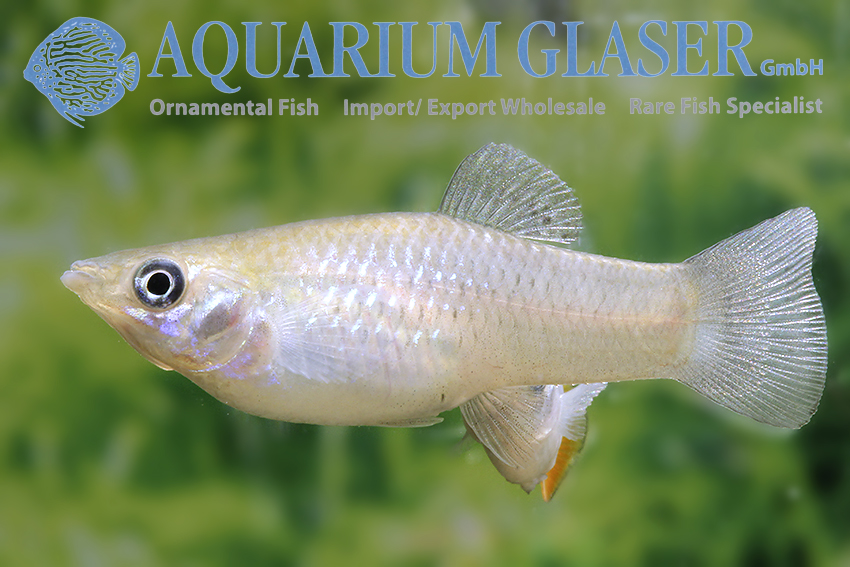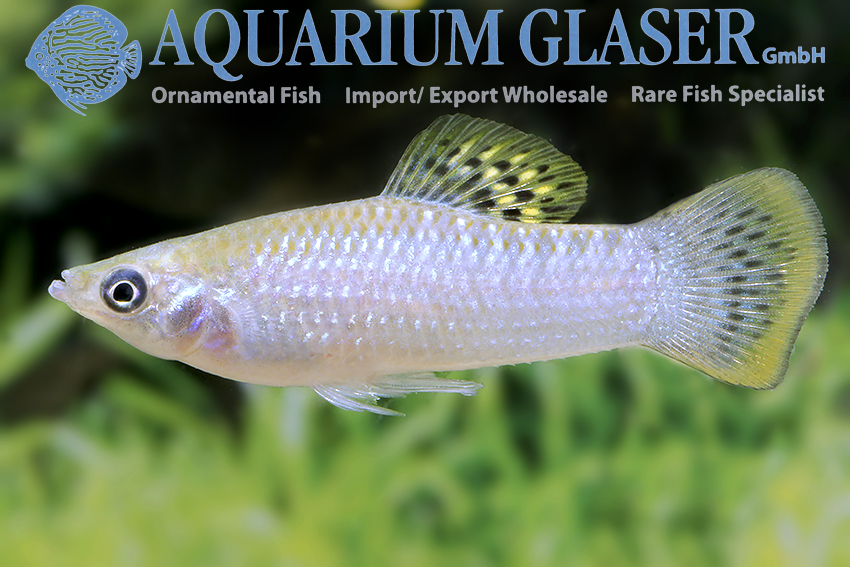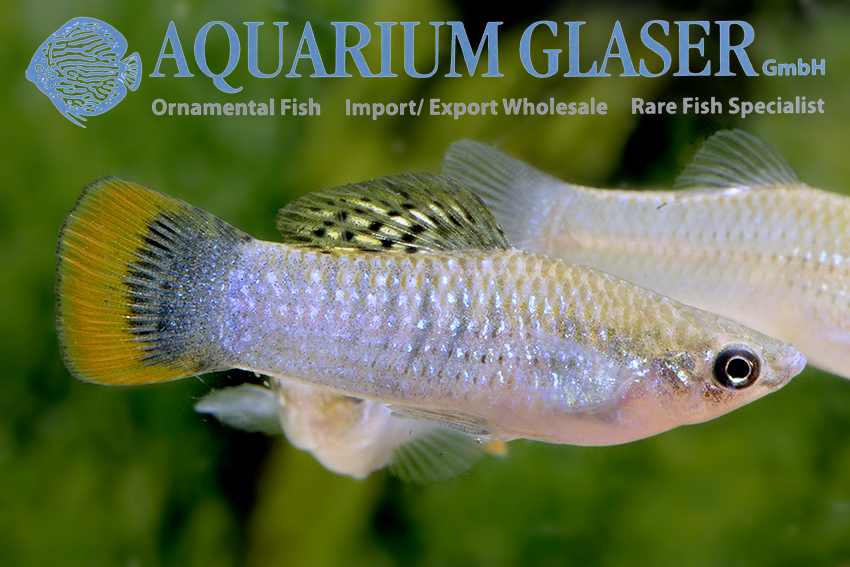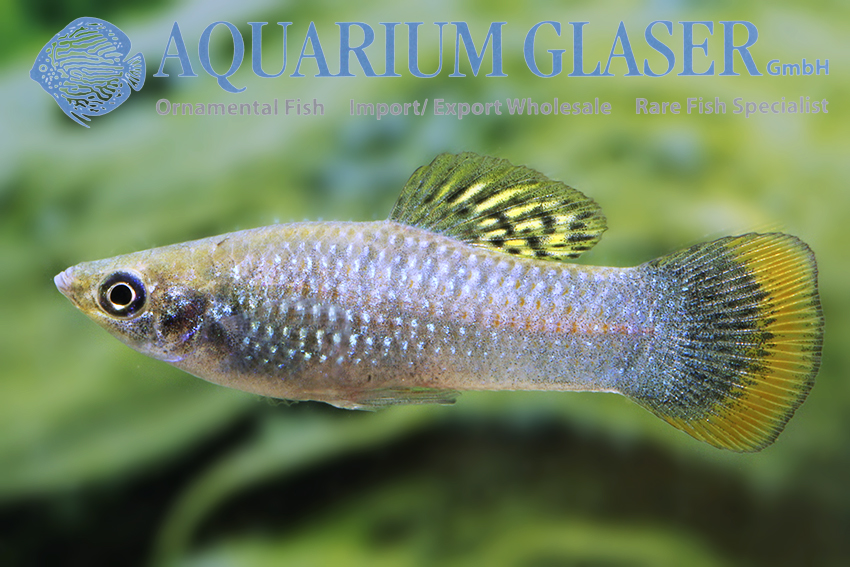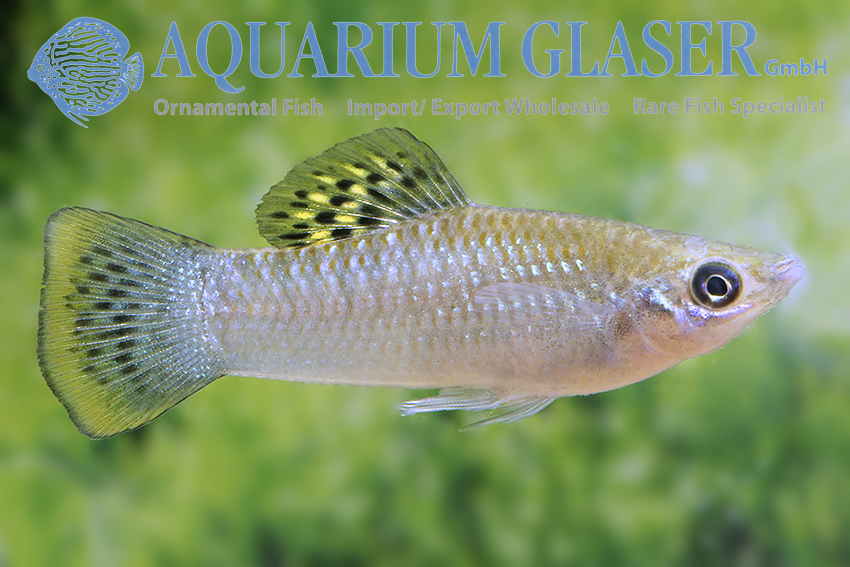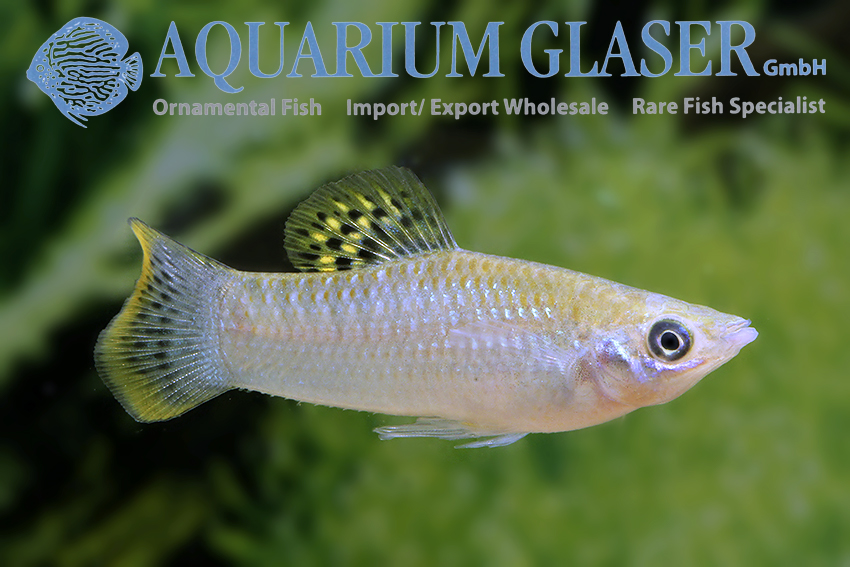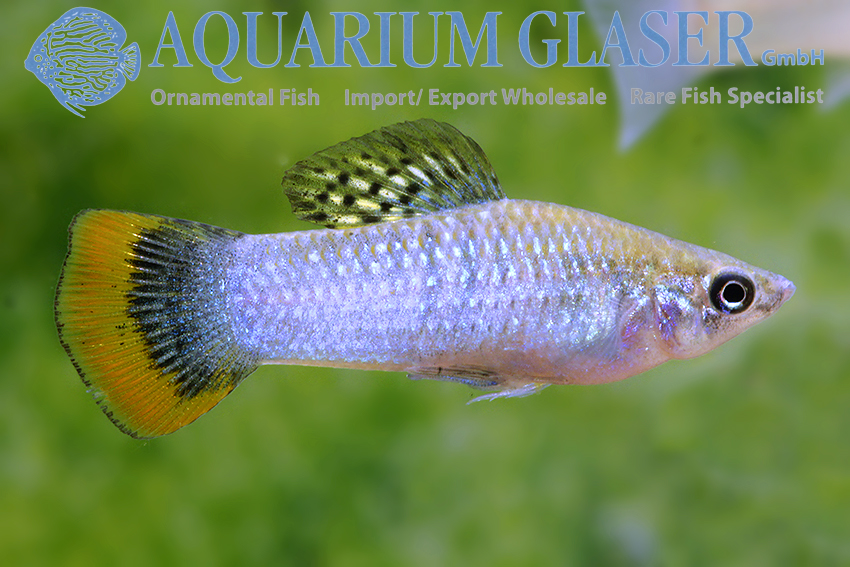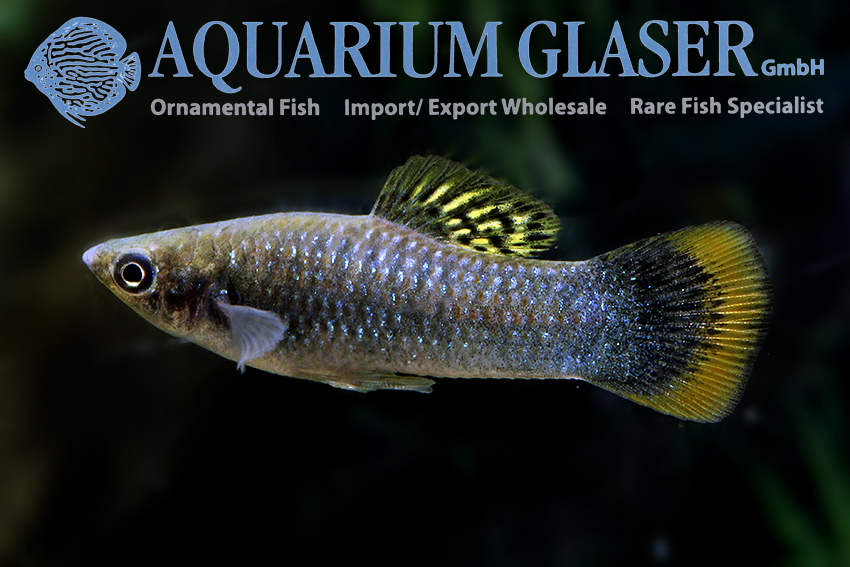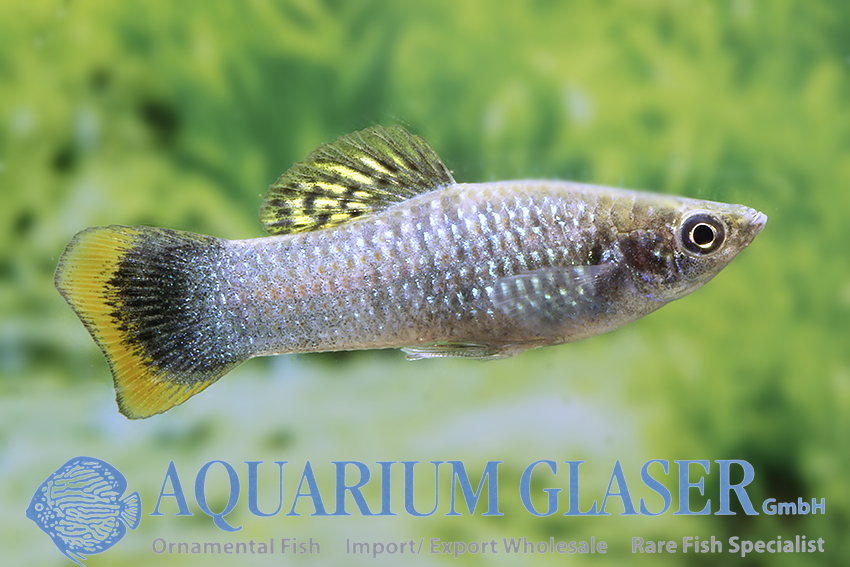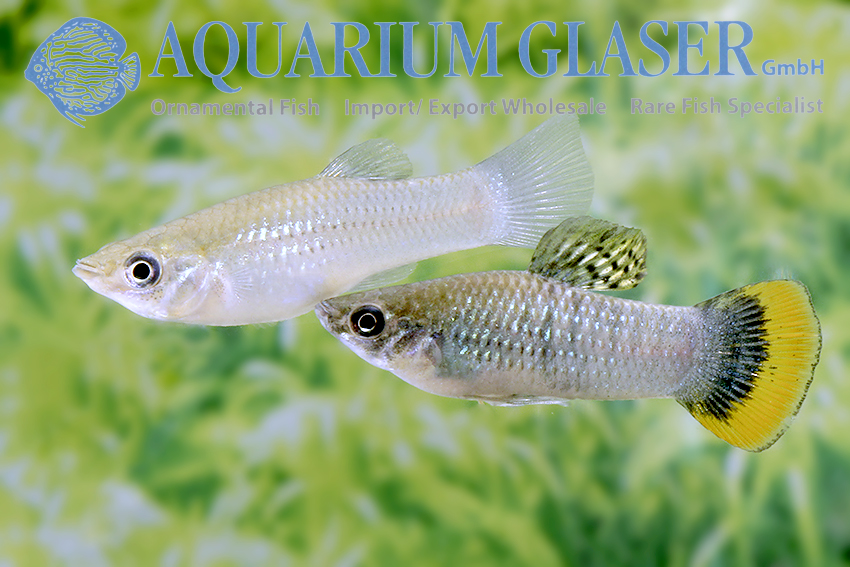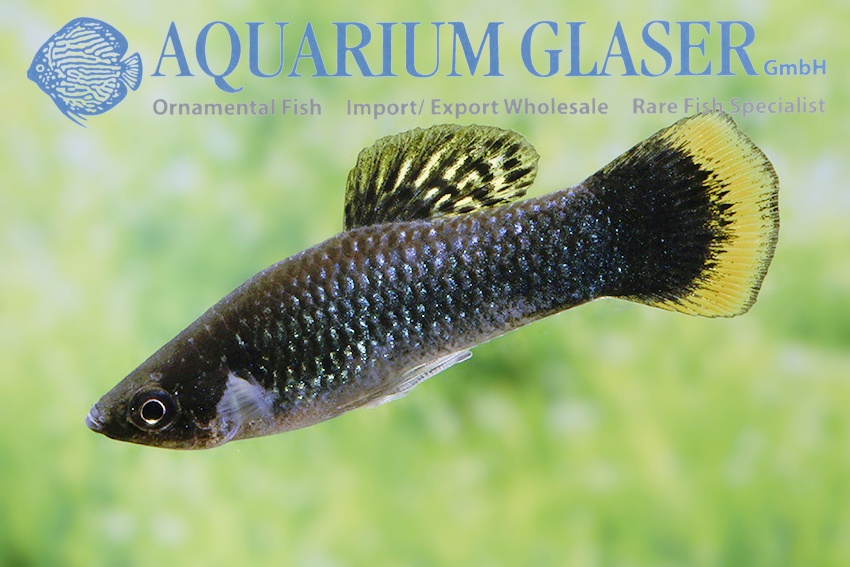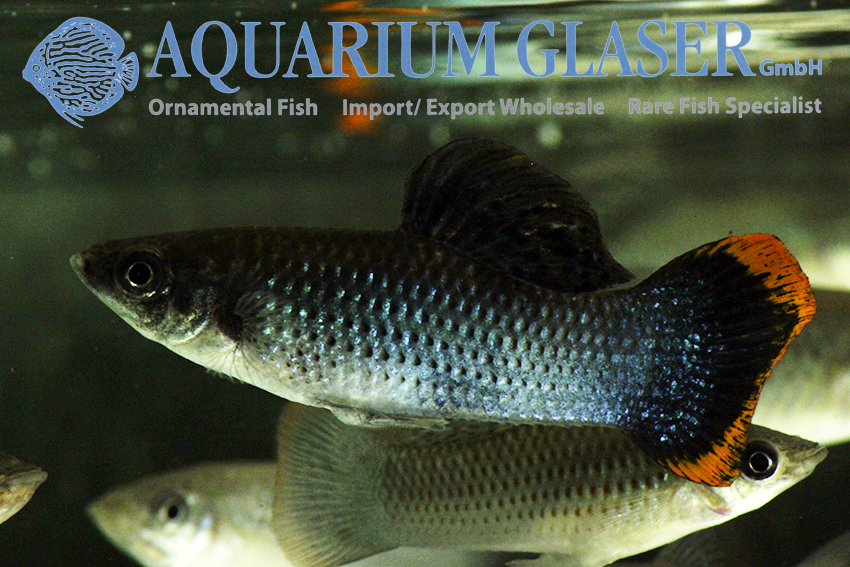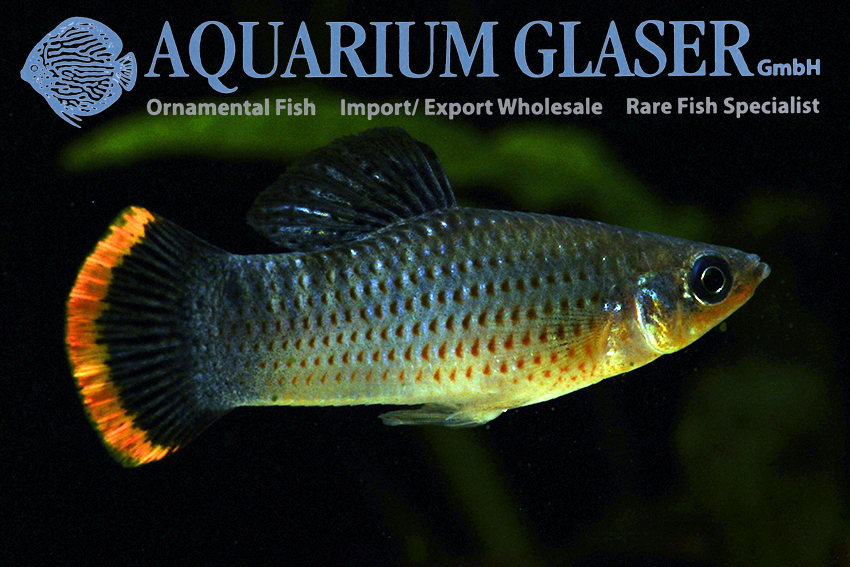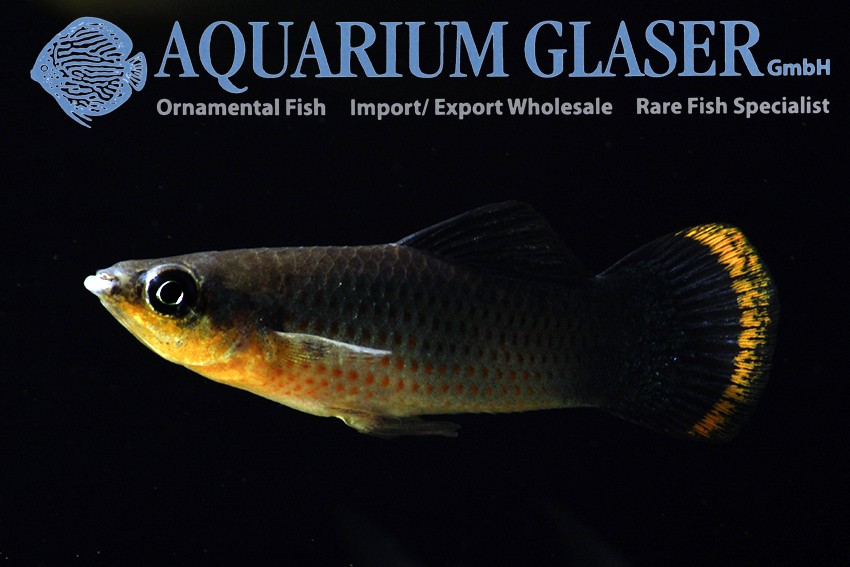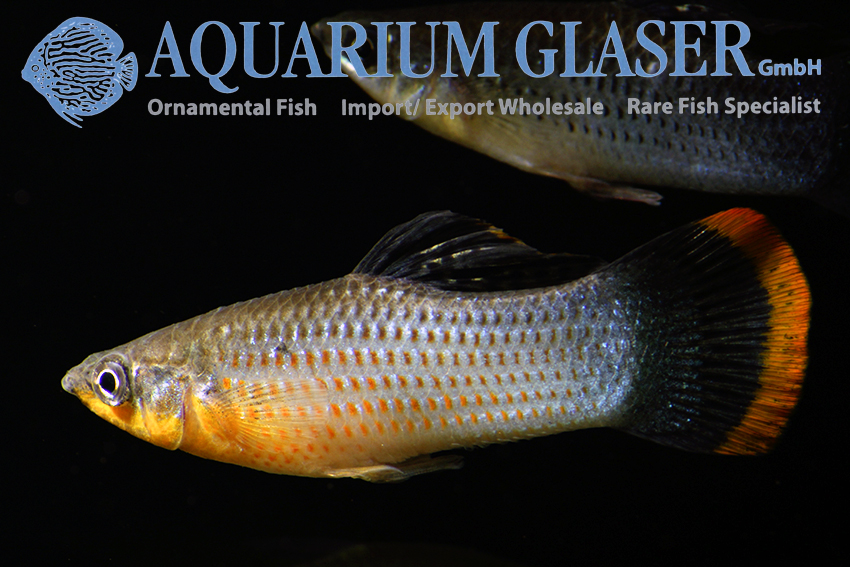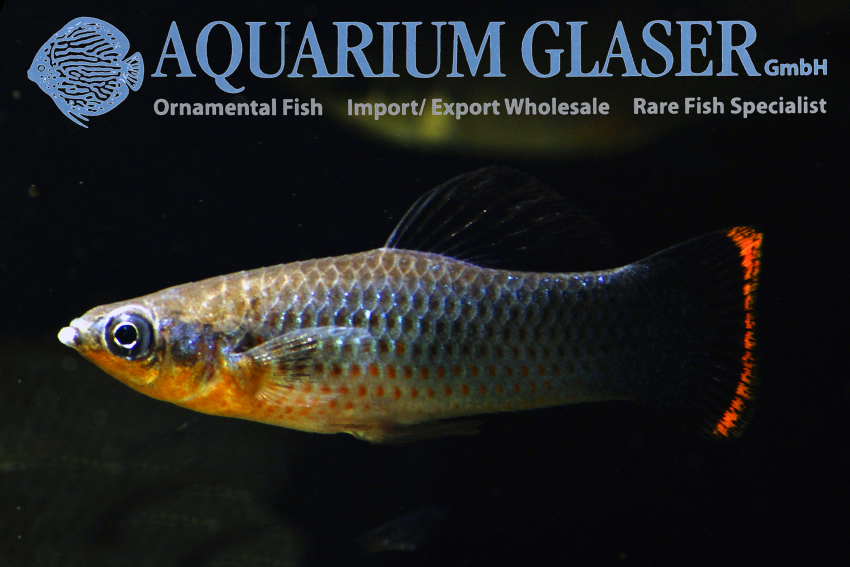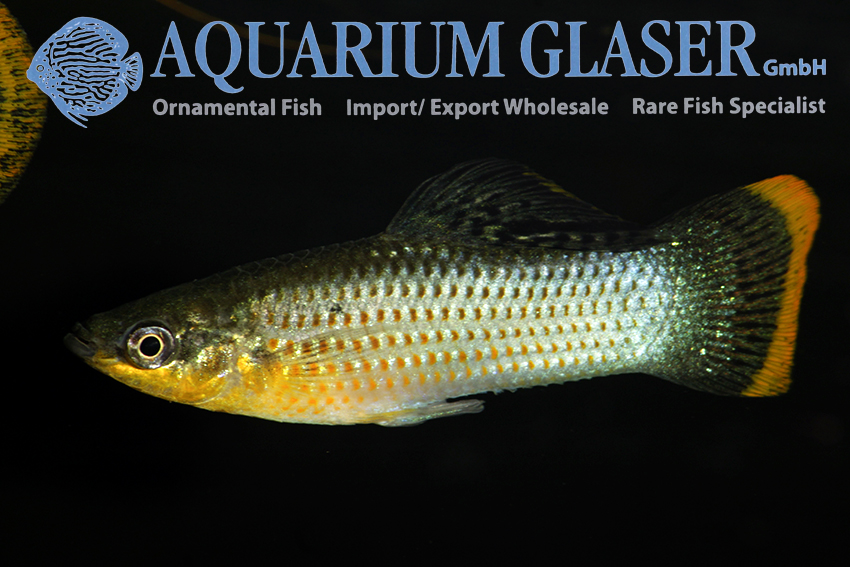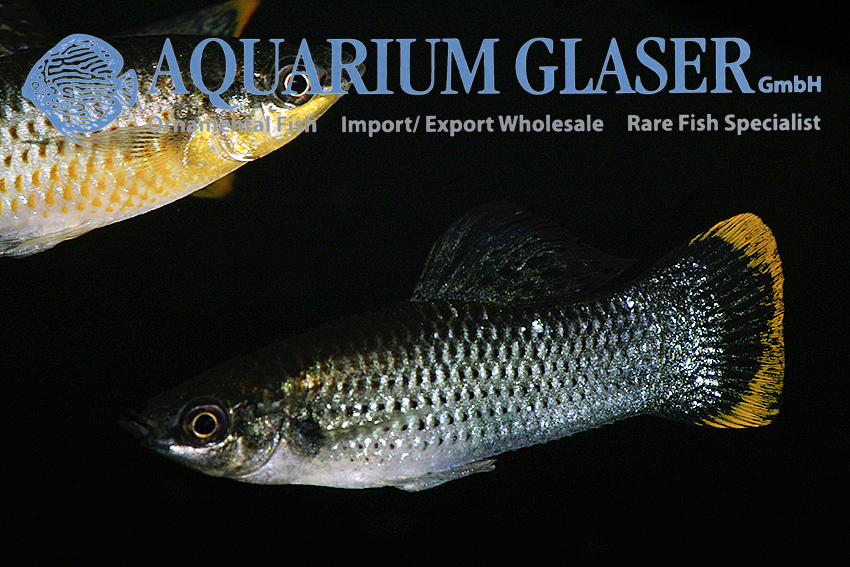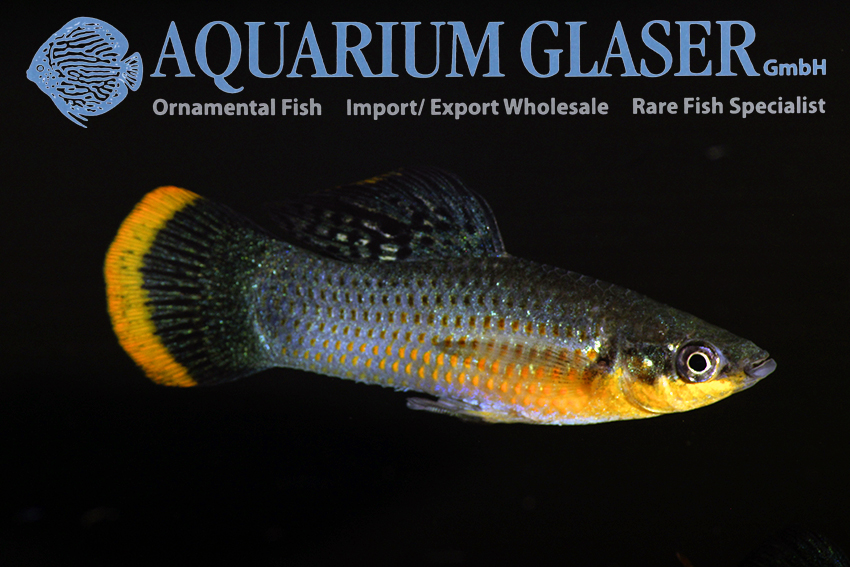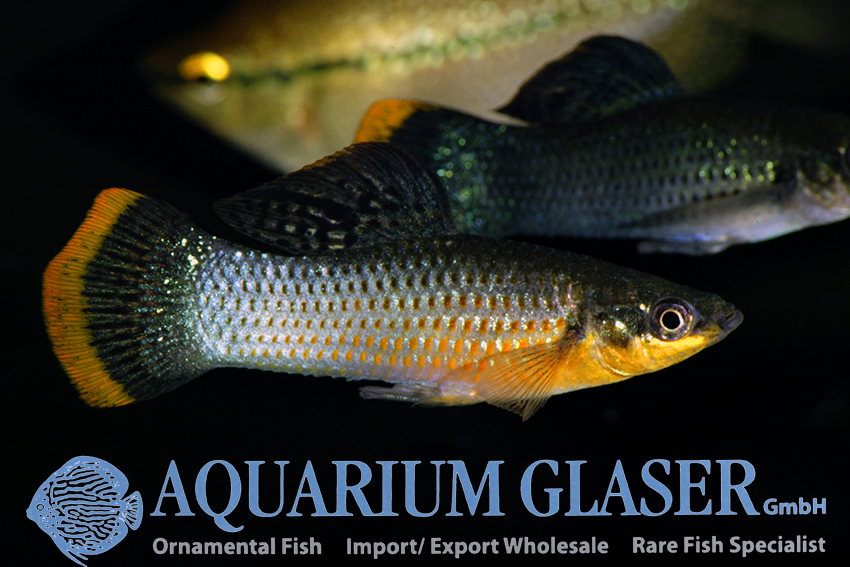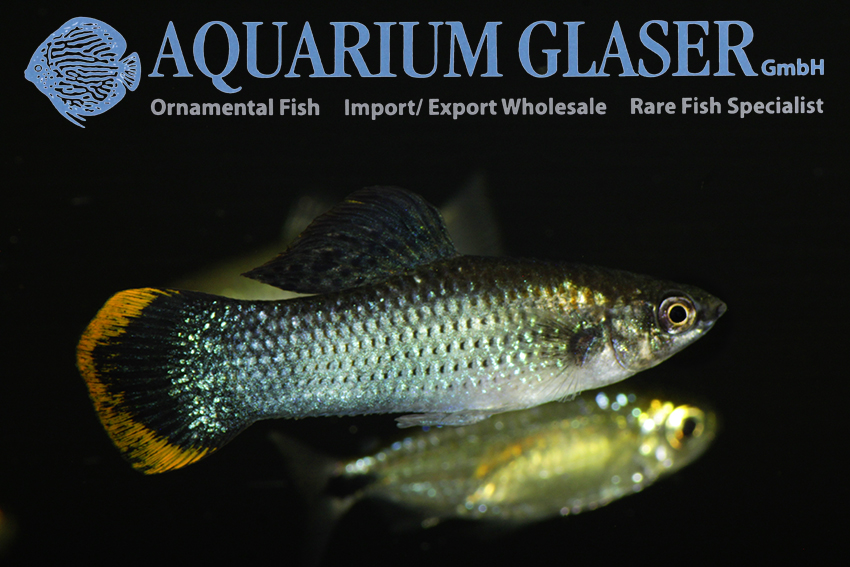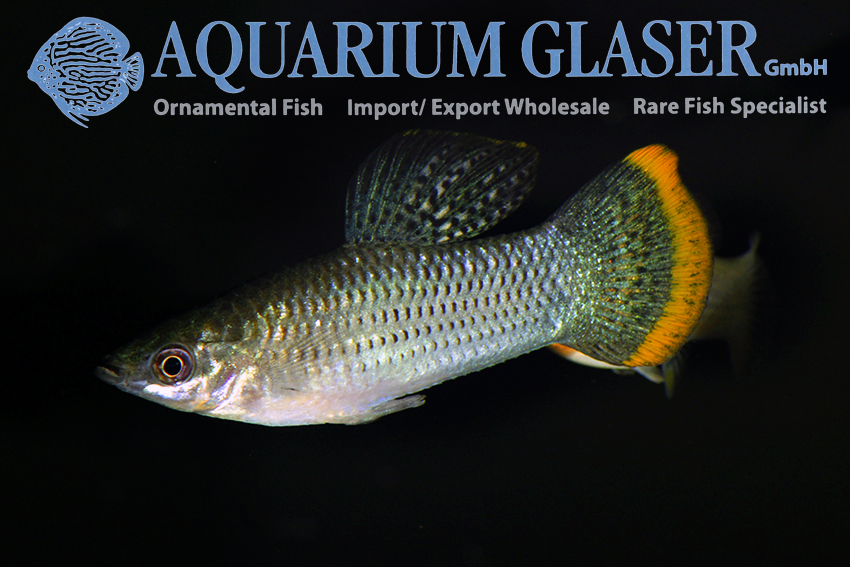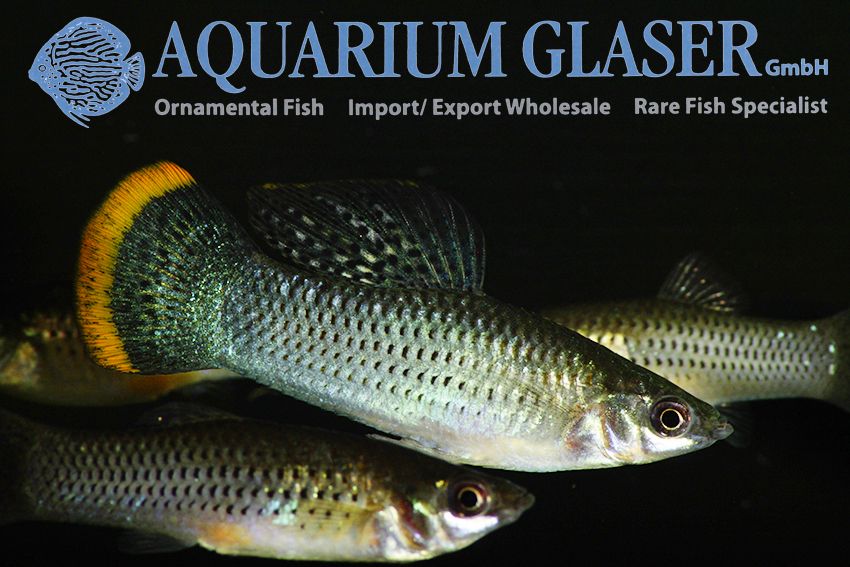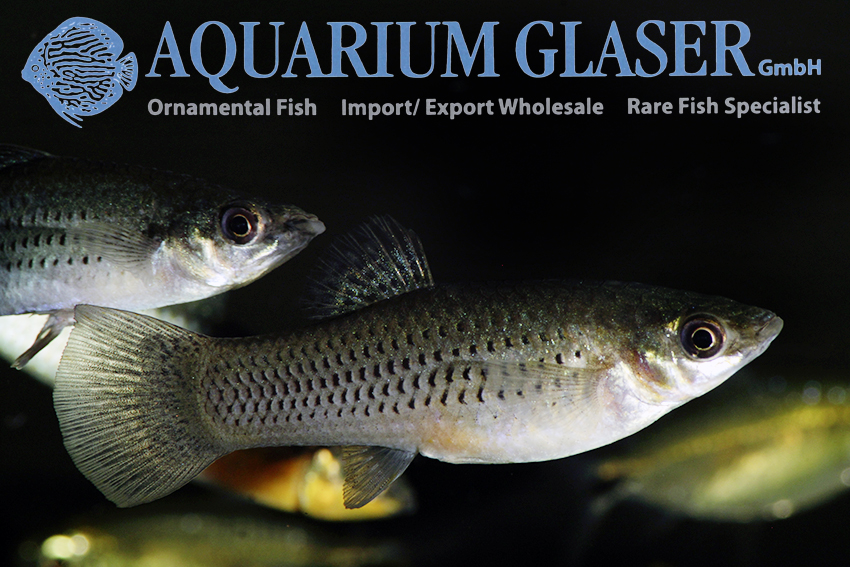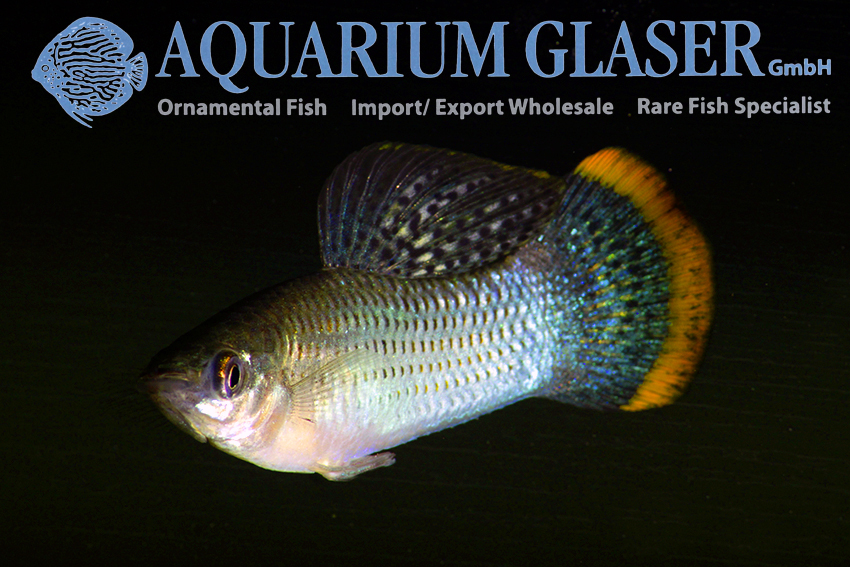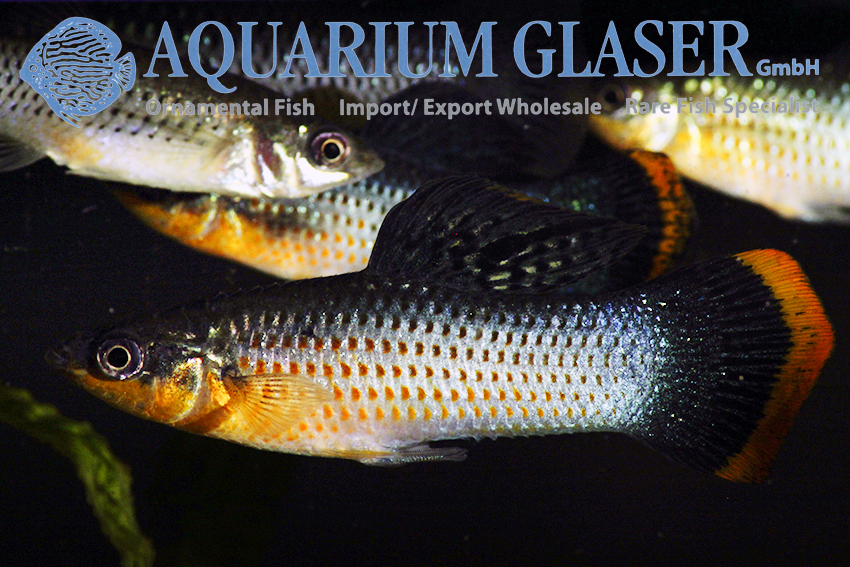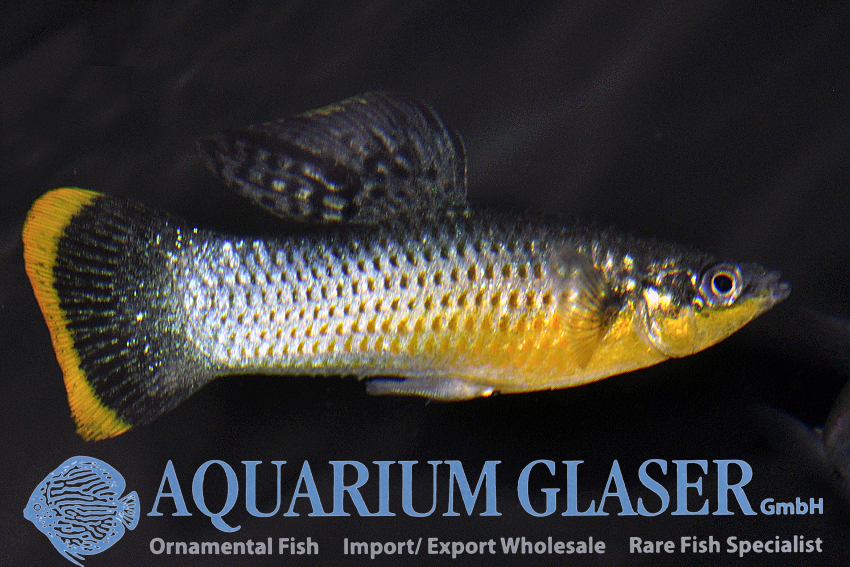The wild mollies are – from a zoological-systematic point of view – certainly one of the most difficult fish groups at all. Not without reason, science has been wavering between two extreme views for over 100 years: the first states that all wild mollies belong to only one, highly variable species, which would then be called Poecilia sphenops, others assign the so far 33 scientifically described forms to 12 species. In addition there are still undescribed species. In short: it is very difficult.
This is due to the fact that all species are polymorphic and polychromatic. So: in each population there is a whole set of color and body variants. It is therefore impossible to define them in such a way that the determination of single specimens can be successful, one must always examine large series of wild catches (50 or more specimens), in order to be able to come to a decision concerning the species. By the way, the matter is not made easier by the fact that wild mollies, just like guppys and gambuses, were released quite arbitrarily for mosquito control until the 1950s.
The species Poecilia mexicana and P. sphenops do not differ appreciably externally. P. sphenops has single-pointed teeth, P. mexicana has three-pointed teeth, and there are minor differences in the structure of the mating organ of the males. Both species have a vast natural range and have additionally been displaced by humans, so knowing the origin does not help in identification either.
Campeche is a Mexican state that covers much of the western part of the Yucatan Peninsula. The ancestors of the strain of P. mexicana, which we can now offer from time to time for several years from Asian pond breedings, originate from there. The beautiful and easy-to-care-for mollies have as a special attraction that the males can change color in a flash. In highest excitement they are deep blue-black, relaxed males are like the females light olive green with blue shiny scales. Not all, but most males develop an orange fringe in the caudal fin, the color intensity of which is controlled in part by social position.
Usually the Mexico Molly reaches a size of 4-6 cm, as does the Black Molly, in whose ancestry it is also represented, by the way. But sometimes giant growth can occur with these fish, then giants of over 10 cm length have been observed.
For our customers: the animals have code 280558 on our stocklist. Please note that we supply only wholesale.
Text & photos: Frank Schäfer





